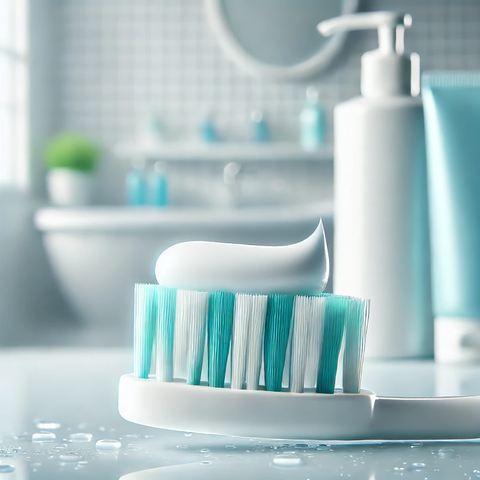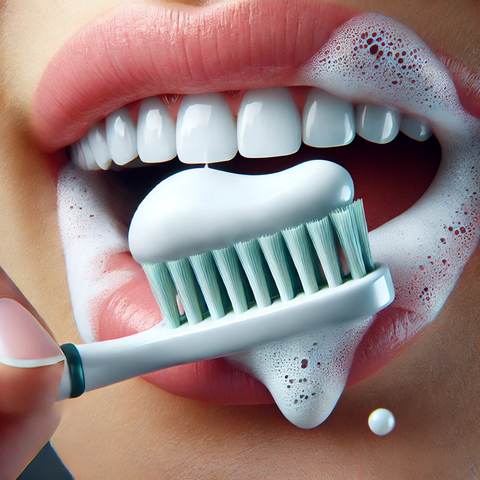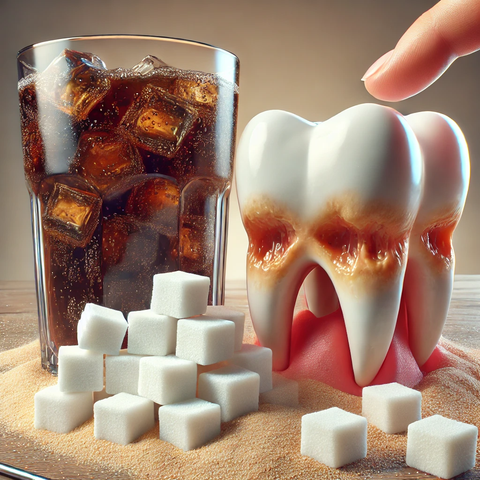The selection of toothpastes is vast – from whitening to sensitive to fluoride-free versions. But which toothpaste is really worth it? In this article, you'll learn what's important and which toothpaste suits your individual needs.
Important ingredients of a good toothpaste
A toothpaste should do more than just freshen breath. It should contain ingredients that strengthen tooth enamel, protect against cavities, and keep gums healthy.
Fluoride is the most important ingredient in caries prevention. It strengthens tooth enamel and makes it more resistant to acid attacks. The recommended amount is 1,000–1,500 ppm fluoride.
Abrasive particles mechanically clean teeth and remove plaque. However, excessive abrasion can damage tooth enamel. The so-called RDA value indicates the abrasiveness – ideal values are between 30 and 70 .
Antibacterial agents such as zinc or stannous fluoride help reduce bacteria and prevent gum inflammation.
Humectants and foaming agents such as glycerin or sorbitol ensure a pleasant consistency. Some toothpastes contain sodium lauryl sulfate (SLS), which creates foam but can be irritating to sensitive mucous membranes.
Which toothpaste for which needs?
There are different toothpastes depending on the type of tooth and individual needs.
If you have healthy teeth, you are well advised to use a standard fluoride toothpaste with a medium abrasion value.
For sensitive teeth, sensitive toothpastes containing active ingredients such as potassium nitrate or strontium chloride can help. They calm the nerves and reduce pain sensitivity.
Whitening toothpastes contain stronger or enzyme-based ingredients that can remove surface stains. However, caution should be exercised, as excessive abrasion can damage tooth enamel.
Toothpastes with antibacterial agents such as stannous fluoride or chlorhexidine are helpful for gum problems . However, these should not be used continuously, as they can affect the natural oral flora.
For those who prefer not to use fluoride , there are alternatives containing hydroxyapatite . These can remineralize tooth enamel, but do not completely replace fluoride in caries prevention.
What should you look for in children’s toothpaste?
Fluoride content is especially important for children. Up to the age of six, toothpaste should contain 1,000 ppm fluoride and should be used only in small amounts. From the age of six, toothpastes with 1,450 ppm fluoride are suitable, as for adults.
Children should not swallow toothpaste, as excessive fluoride intake can lead to stains on tooth enamel (fluorosis). A pea-sized amount is sufficient.
Not only the toothpaste is crucial
Choosing the right toothpaste is an important factor for dental health, but it's not the only one. Proper brushing technique, thorough cleaning of tooth surfaces, and regular gum care are also crucial.
Particularly important: The toothbrush does not reach the spaces between the teeth – therefore interdental brushes or dental floss should be used daily to remove plaque and food residue.




